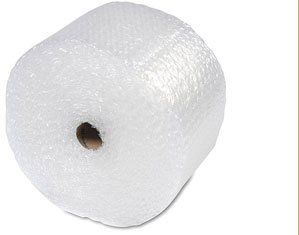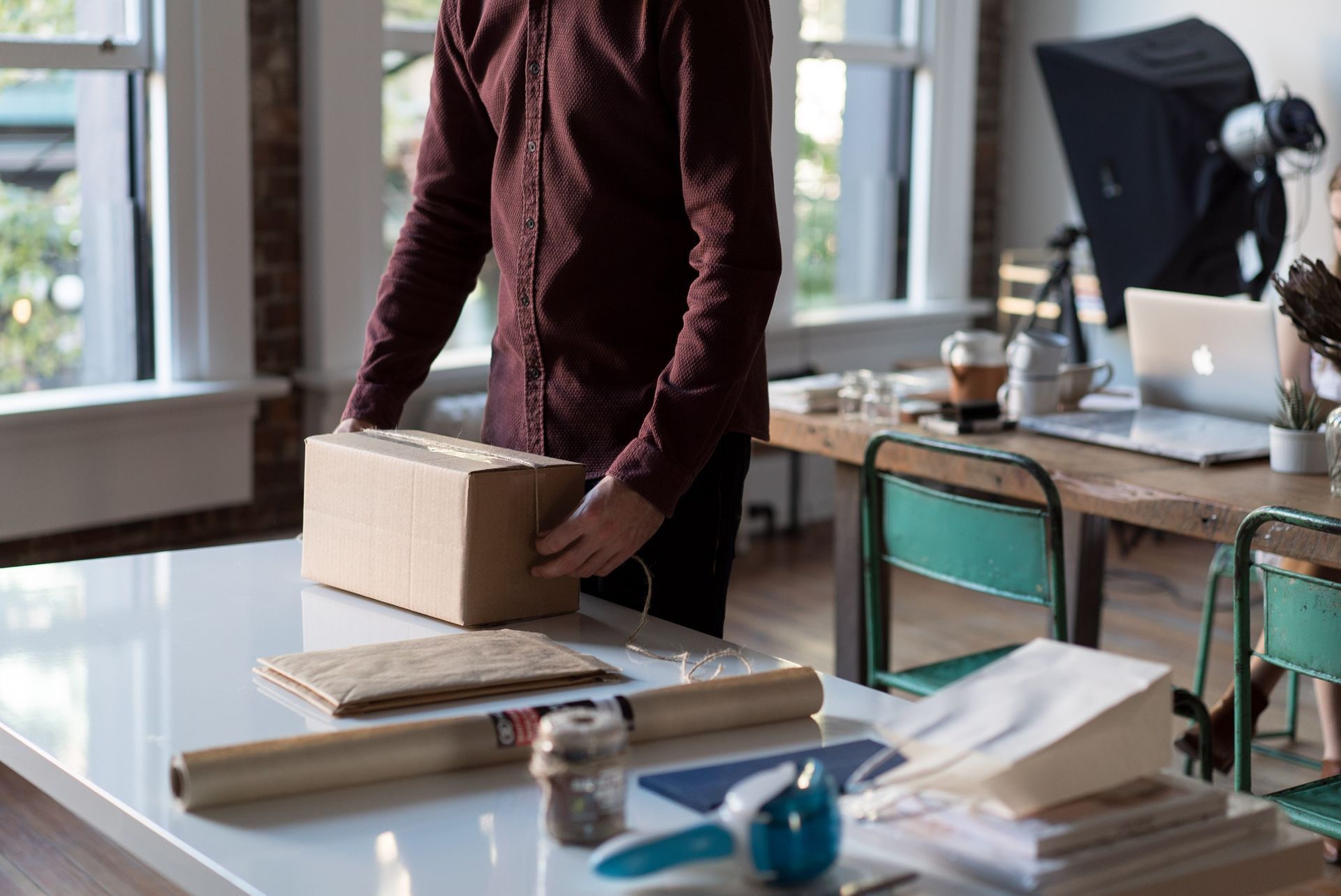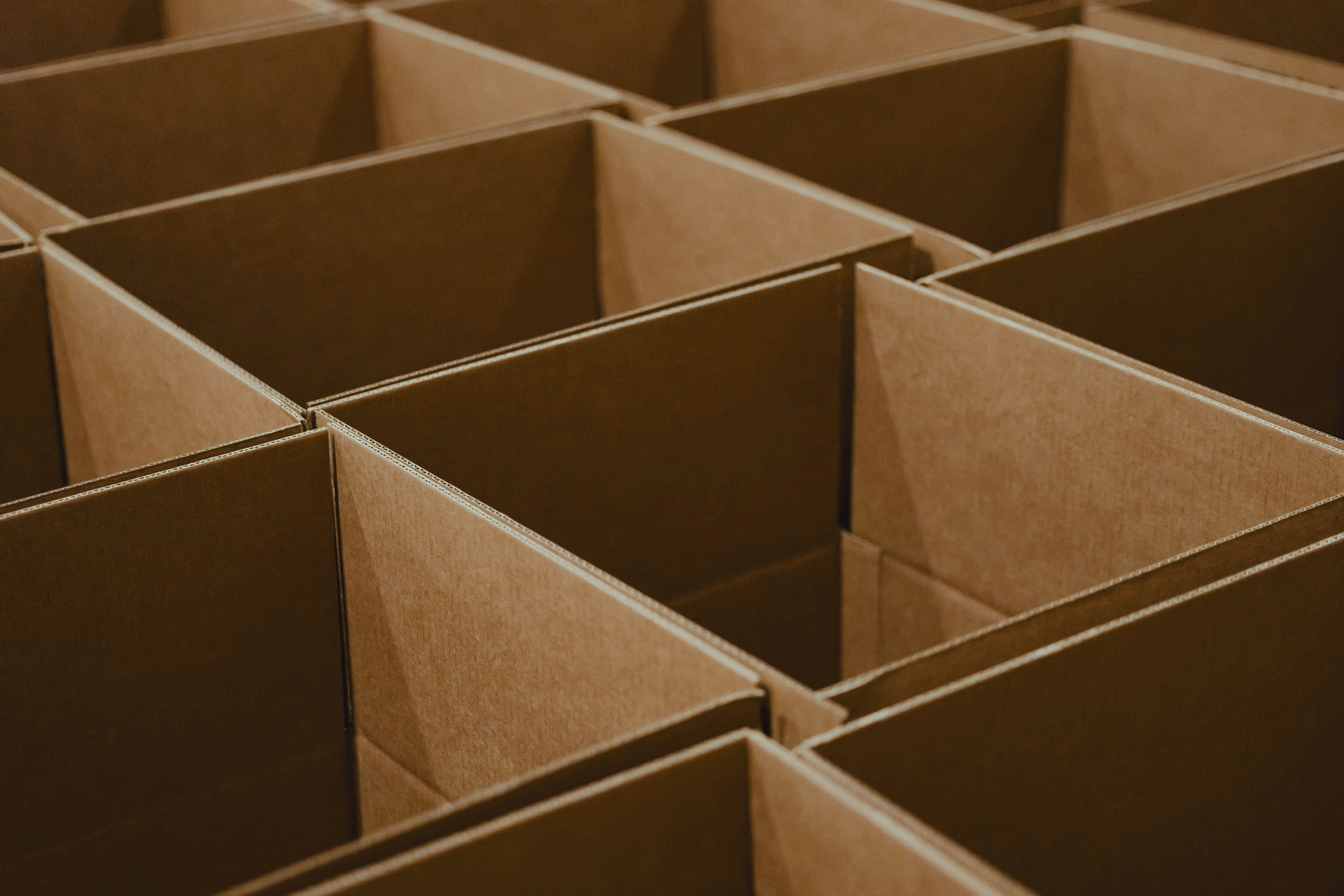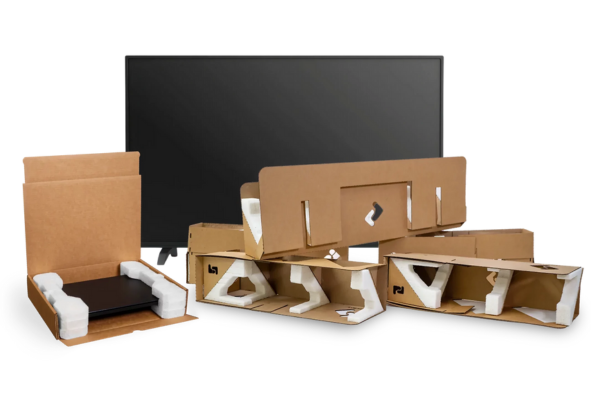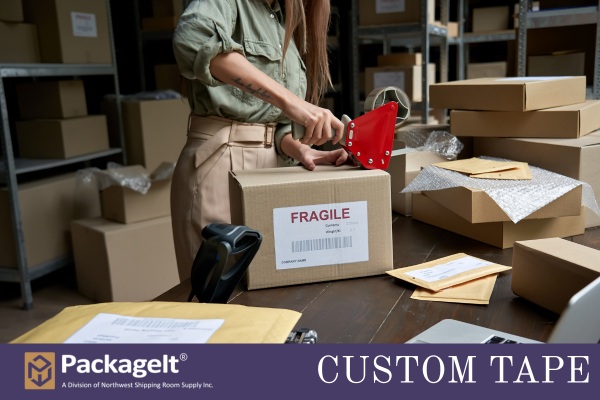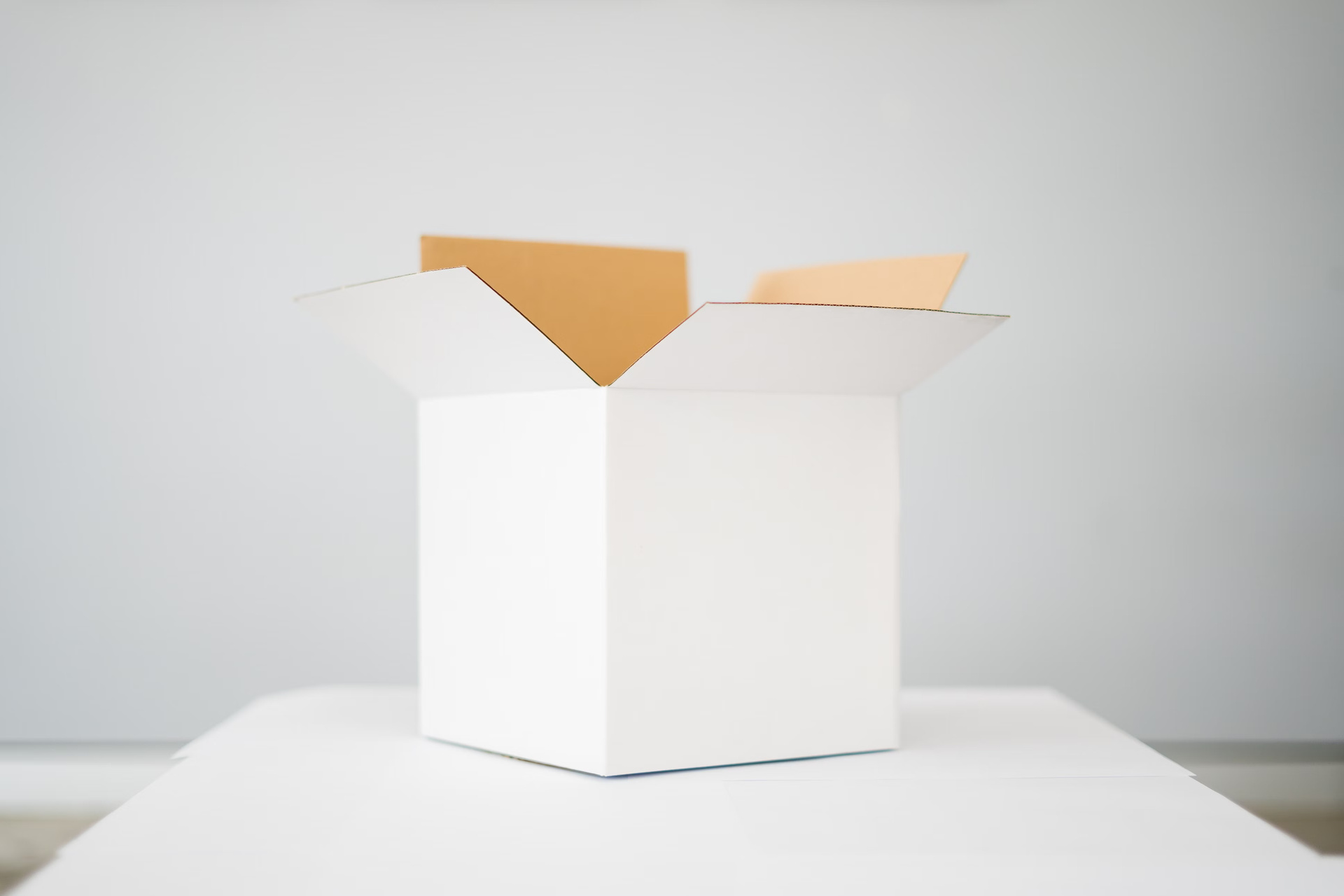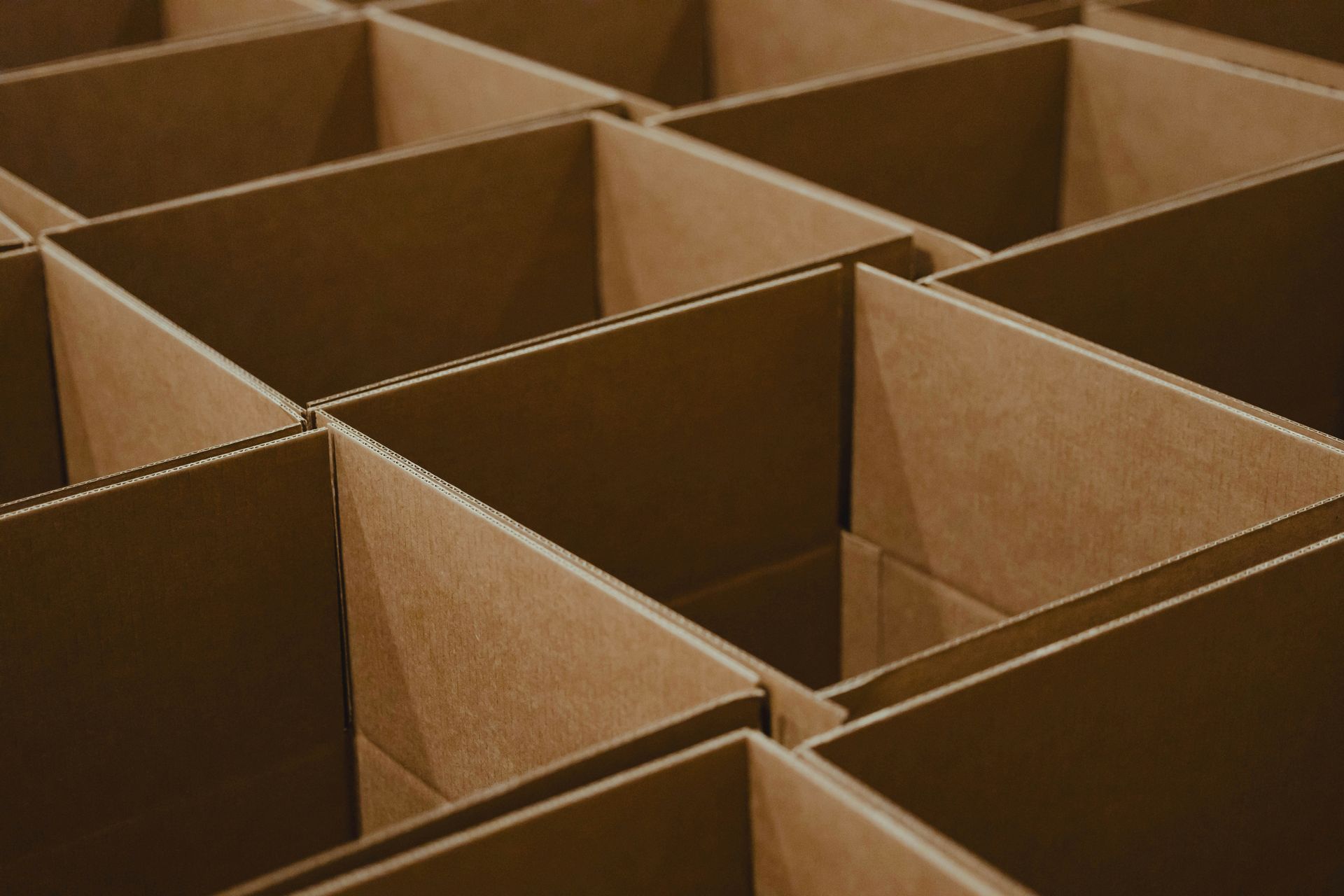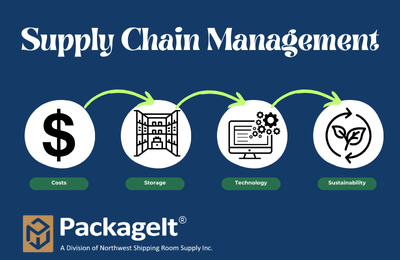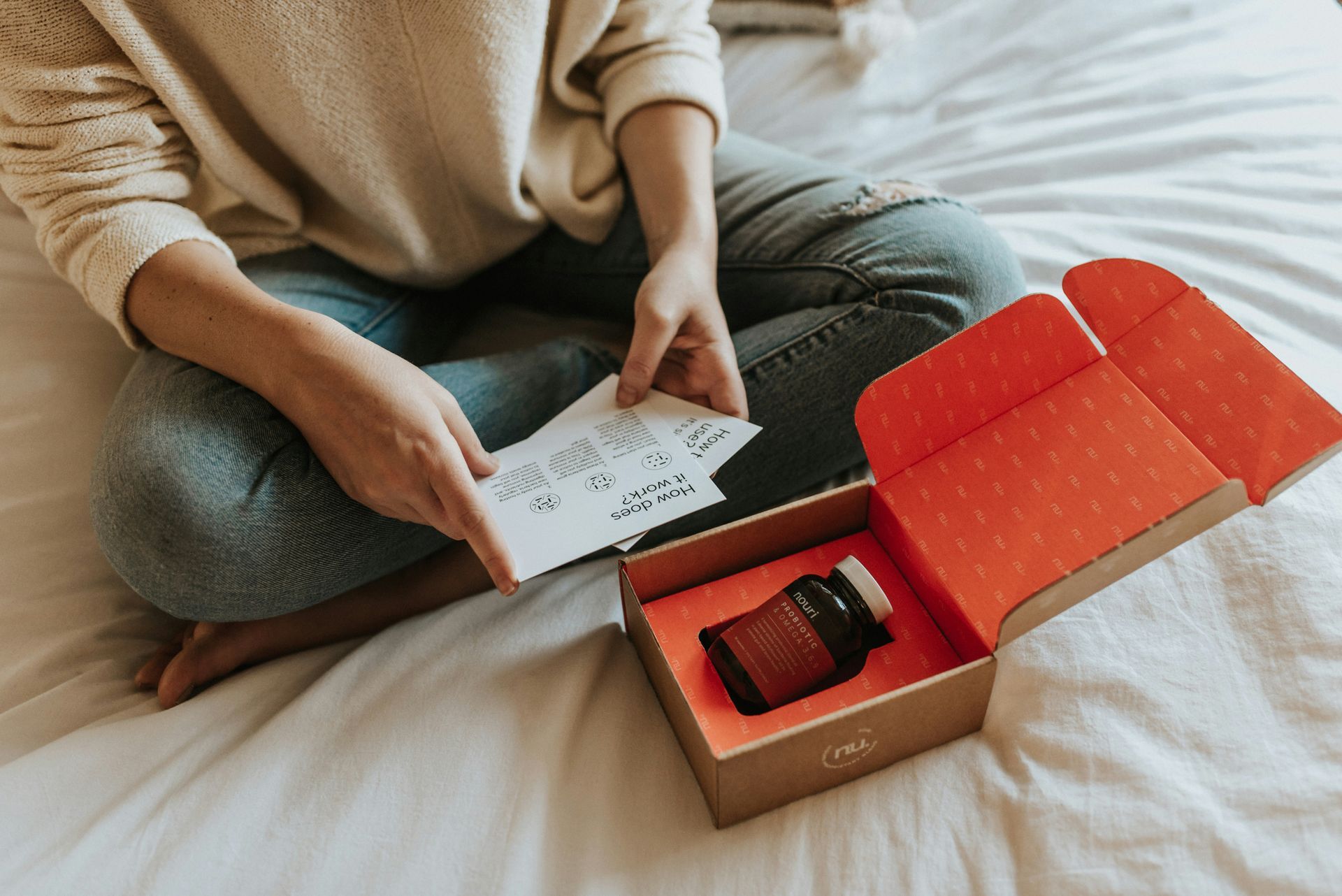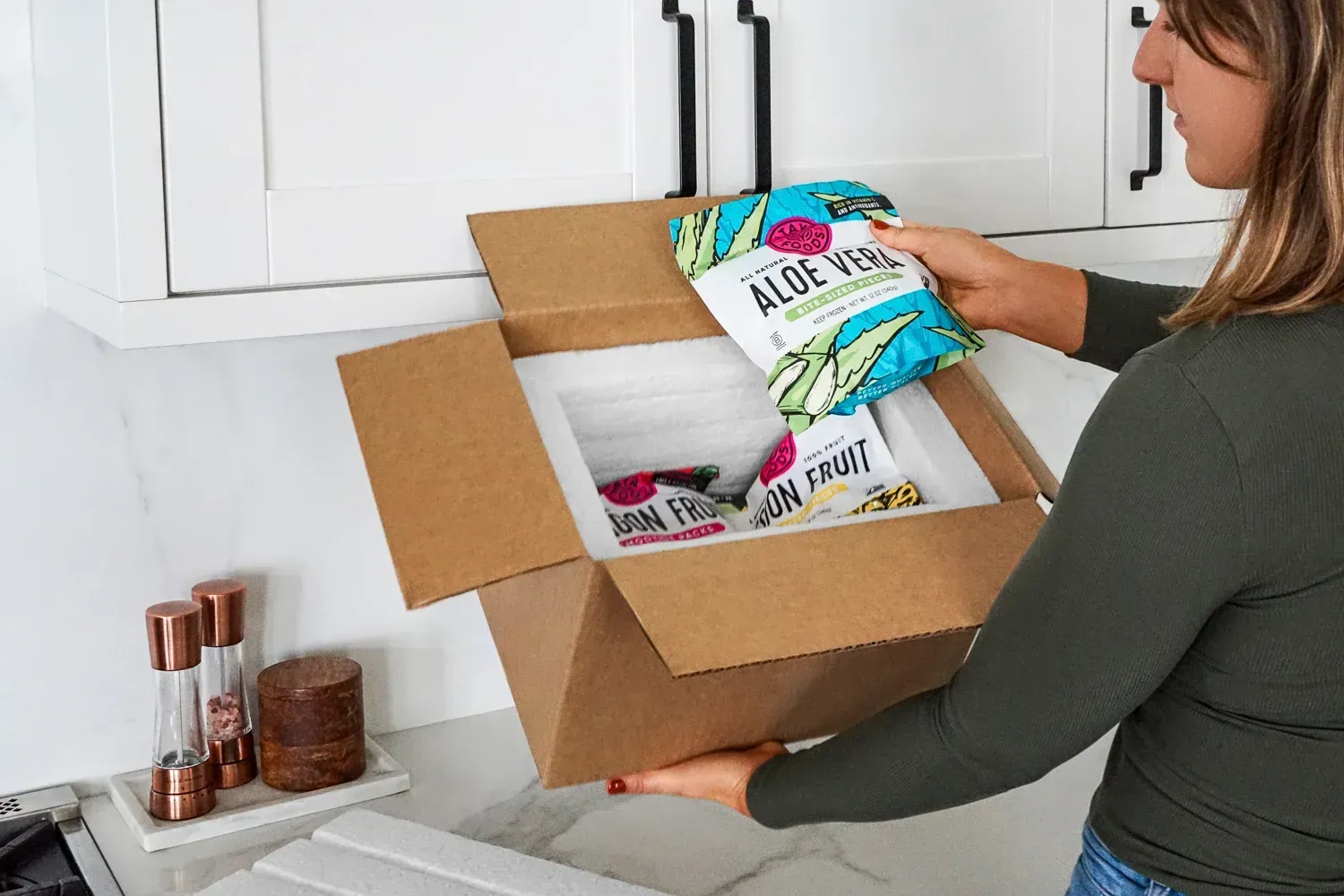After three years, the inventors of bubble wrap finally found a way to make it work. With the help of Frederick Bowers, the bubble paper was marketed as a packaging tool. According to stories, the idea came to him after IBM introduced the 1401 computer. Seeing how the computer needed to be shipped to different locations, Bowers realized that the bubble paper could be used to protect the computer during shipment. Today, we continue to use bubble wrap with a few changes to the original design of the product.
The Story Behind Bubble Wrap
Like all great inventions, bubble wrap was created for reasons completely different from how we use it today. Presently, bubble wrap is used to keep your packages and items safe as they travel across thousands of miles. But do you know the story behind the product? Let’s take a quick look at the unlikely start of this invention and what is available today.
How Bubble Wrap Was Invented
Bubble wrap is the brainchild of two engineers. Marc Chavannes and Alfred Fielding first developed the item in 1957, but not for wrapping up items! The two first saw bubble wrap as a new kind of wallpaper.
The first-ever bubble wrap was made by putting together two shower curtains and sealing the seams together. They made sure that air bubbles were trapped inside the curtains, creating a slim and transparent cushion. With this prototype, the two inventors aimed to create a machine that automated the procedure. Using the machine, they hoped to create a plastic wallpaper with a paper backing. Unfortunately, the machine only created air bubbles inside the plastic sheets.
Since it was originally marketed as wallpaper, the plastic sheets did NOT sell. They then tried to sell it off as insulation, but that didn’t work very well either.
Modern Uses for Bubble Wrap
Types of Bubble Wrap
Over the years, bubble wrap went through multiple developments and extensions. You can now find different types depending on the type of product you intend to protect. Here are some of the most popular types of bubble wrap on the market today:
1. Small Bubbles
Bubble wrap and item sizes are often directly related. This means that if you’re shipping something small, you should be using small bubble wrap. Small bubble wrap typically has bubbles measuring anywhere from 1/8 to 3/16 inches. You can use it for light protection on the surface. Shoes or clothes would be a good example. For small but vulnerable items like mobile phones, multiple layers of small bubble wrap are best. We recommend our Economy Astro-Bubble® Air Cushioning in this instance.
2. Large Bubbles
Finally, you have large bubbles, which can measure up to ½ inches in diameter. They’re typically used to fill a void between items. For example, if you’re sending multiple items inside a box, you can use bubble wrap to pack the box. This way, the items won’t collide and cause damage to each other.
Large bubble wrap can also be used for larger items like printers or air conditioners. Multiple layers are encouraged to prevent damage due to vibration.
You can also find bubble wrap built to the specific needs of its users. For example, there is eco-friendly bubble wrap made from recycled material. It is very cheap and perfect for inexpensive item shipping. There’s also anti-static bubble wrap which is perfect for shipping electronics. Check out our Military Grade or High-End Astro-SupraBubble® Air Cushioning!
Contact Us for Your Bubble Wrap Needs!
With millions of packages sent every day, it only makes sense to have a ready supply of bubble wrap for your shipping and packaging needs!
PackageIt has been in the packaging industry for years, providing our clients with the best materials – including quality bubble wrap -- to protect their merchandise. Delivering in bulk and retail amounts, we’ll be happy to discuss prices and give you the best deal for your business. Contact us today for a quote!

